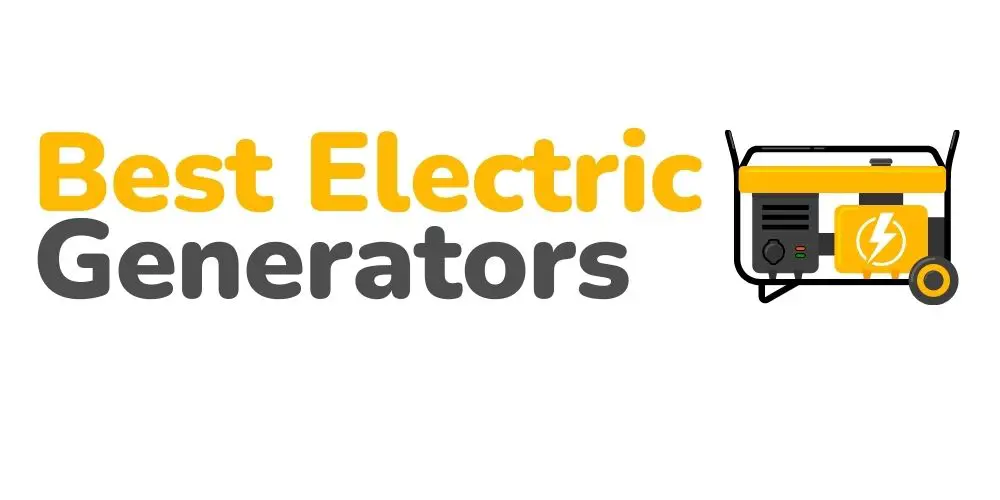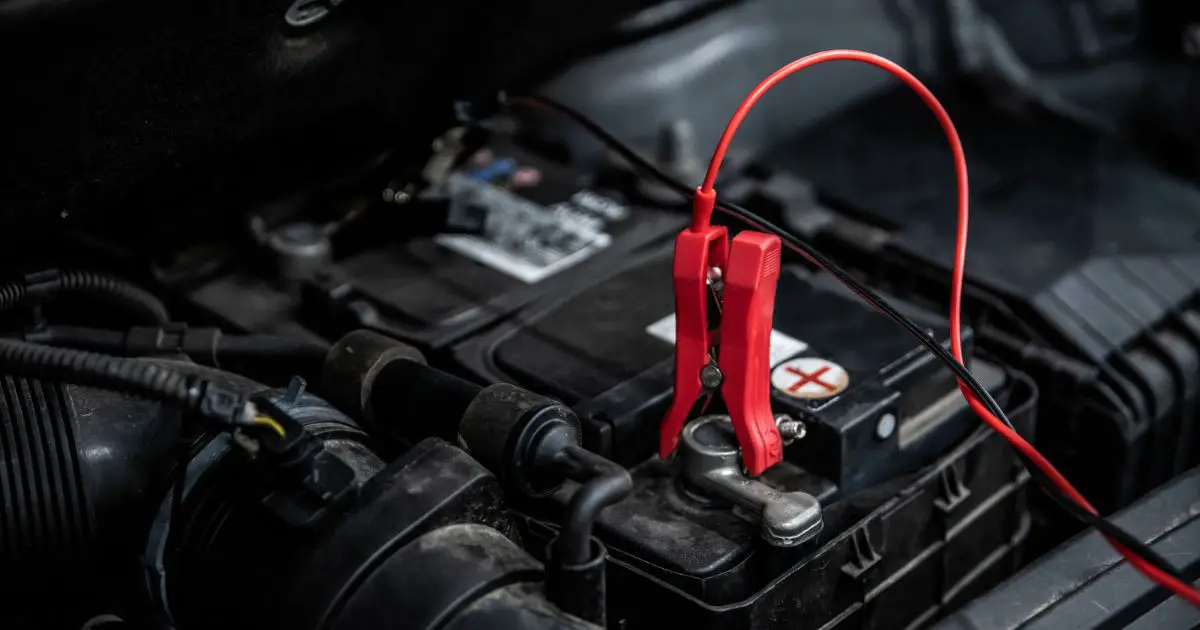When you think of a portable generator, you often differentiate it from a standby generator because it doesn’t provide enough power. But that’s where most people get it wrong. So, what is the biggest portable generator? The truth is, portable generators can get quite extensive, and we’re not talking about the physical size.
Some portable generators can provide as much as 17,500 watts of power! That’s a whopping number for any generator that’s “portable.” But do you need this much power? And what can you do with it?
Here’s all you need to know about big portable generators.
What Is the Biggest Portable Generator?
Before we begin talking about what makes a portable generator powerful, let’s dive straight into the question. What is the biggest portable generator?
Well, the question is quite difficult to answer. This is because Generac has some of the biggest and most powerful portable generators. Currently, its largest generator is the GP17500E, which has a wattage of 17,500 watts.
That’s an astonishing number for any portable generator. And it’s suitable for more significant buildings that cannot afford to install a standby generator. Or for people who have to run heavy-duty power tools such as drills and electrical saws.
Regardless, you should know what makes a good powerful portable generator. And no, it’s not just about the power because higher power comes with some significant caveats.
Power Specifications:
The first thing you should consider is the power output. The more power you have, the more energy you can draw out from your generator.
Why should you go for higher-power generators? There are two reasons for this. The first is that the more power you have, the more devices and tools you can power simultaneously. Second, the ideal way to calculate the power is to add the wattages of each appliance or piece of equipment you want to use.
The second reason is that a higher power output means you can use tools with higher wattages. If all you need to power are a few devices, appliances, and maybe even a TV, a smaller generator will be useful for you. If, however, you have bigger loads attached to the generator, such as an air conditioner, refrigerator, or HVAC system, you’ll want more power.
And what about those ridiculously powerful generators that provide upwards of 10,000 watts? They’re pretty useful too. Maybe not for you, but people who work with power tools can benefit from higher wattages. Power tools include saws, drills, and nail guns. People who work in the carpentry and construction businesses will know what we’re talking about. These tools require additional power that a high-power generator must supply.
Features:
Aside from just the power output, there are several features you should consider, such as:
Electric Start Vs. Pull-Start:
First things first, consider whether you want an electric start engine or a pull-start one. Electric start generators use an onboard battery to generate a spark. This ignites the combustion chambers. Pull-start generators require you to pull on a cord to crank the engine.
For obvious reasons, electric start generators are a lot better. They’re more convenient. And they can be configured to turn on automatically as soon as the power goes out.
Carbon Monoxide Safety:
Generators produce many toxic gasses, including carbon monoxide, or CO, lethal even in small doses. And the worst part is you won’t even know it’s in your system till it’s too late.
Fortunately, many generators come with CO safety features. You should find these on every generator. But bigger generators that produce a lot of power should always have these. These generators generate a lot of CO and could prove lethal if mishandled.
Ideally, you’ll want to place the generator at least 20 feet away from your house with its exhaust pointed away from your home.
In addition to that, your generator should have an automatic CO sensor. When it senses that the CO levels in the generator are too high, it shuts off on its own. This is the most basic form of CO safety. Almost every generator manufacturer advertises this. If not, look for these certifications:
- ANSI/PGMA G300
- ANSI/UL2201
And that’s not all. Some manufacturers are taking the next step by designing engines that produce meager amounts of CO. So, there’s little CO to begin within the first place.
What Size Do You Need?
Now that you know what to look for in a bigger generator, you must decide what size of generator you need.
The best way to guess the required power output is to add all the rated wattages of all your devices together. However, it’s better to add the peak wattages (if any) instead of running. This is because many machines such as air conditioners and refrigerators require a lot more power, in the beginning, to turn on. Add these powers together and then get a generator that outputs slightly higher than that to stay on the safe side.
What Outlets Do You Need?
The outlets that you need depend upon what you’re going to hook up to the generator. As a basic guideline, make sure your generator has the following outlets:
- 120/240 VAC
- 12 VDC
- Battery charging port
Aside from these, some of the lower-power generators may feature USB ports. These can be used to connect USB devices to the generator, such as your phone’s charger. Furthermore, look for circuit breakers such as GFCIs. Again, these are the best for outdoor use.
Fuel Types:
Finally, let’s talk about the fuel types. Modern generators can be powered by gasoline, propane, natural gas, diesel, and even solar energy. But which type is right for you?
It’s not that easy to explain, so here’s a short run-down:
- Use propane generators for recreational purposes such as camping and traveling. Propane won’t degrade in the tank over time, but it has lower power output.
- Use gasoline generators for emergency backup in homes. It has a higher power output, but it’s dangerous to handle and not always available.
- Use diesel generators if you need a higher power output. These generators are used to supply power tools with enough wattage. And they’re straightforward to maintain. Plus, the diesel doesn’t ignite that easily.
- Solar-power generators are recommended for recreational use. They have very low power outputs and can power a few lights or charge a few devices.
- Use dual-fuel or hybrid generators when you don’t want to rely on just one type of fuel. This is recommended for propane or gasoline generators. Some generators may feature solar power as the second type of fuel.
What Is the Most Powerful Portable Generator?
The Generac GP17500E is by far the most powerful portable generator. It has a power output of 17,500 watts, enough to power large buildings and heavy-duty tools like saws and drills.
What Size Generator Do I Need to Run a Refrigerator?
Most home refrigerators require 1,000-2,000 starting watts. Hence, a generator that can deliver at the very least the starting wattage will work just right. Other fridges may require more power.
Is An Inverter Better Than a Generator?
Yes. Inverters produce a consistent power output that’s independent of the engine’s speed. In other words, the generator is not always working at full throttle. This results in a power that is a lot more stable and “cleaner.”
Inverter generators provide power that’s close to what you would receive from the grid. In addition to that, these generators produce lower emissions and are super-quiet, a trait alien to most other generators.
How Many Watts Does a Home Generator Need?
It’s hard to say. It’s best to add the (starting) wattages of the devices you want to power through the generator and get a generator that provides at least that much power. If you need a general idea, most households require 5,000 to 7,500 watts of power. This includes heavier machinery such as fridges, freezers, and pumps. For RV homes, you’ll require less than 4,000 watts.
What Is the Smallest Generator?
The Jackery Explorer 160 has got to be the smallest generator. It produces a starting wattage of 150 W and a running power output of just 100 W. So, it’s suitable for charging smaller electronic devices.
Conclusion
Generator sizes can be confusing to many people. Without any technical knowledge, the rated wattage on the generator is just a number. But with adequate knowledge and the right guidance, that number will become more meaningful.
Many people are of the idea that the bigger the generator, the better. But the truth is, you must carefully calculate how much power you need. Otherwise, you’ll just be wasting all that extra power. Furthermore, generators don’t come for cheap. Hence, only spending on the power output that you need is crucial.
Fortunately, you now know what the biggest portable generator is and when you will need it!

